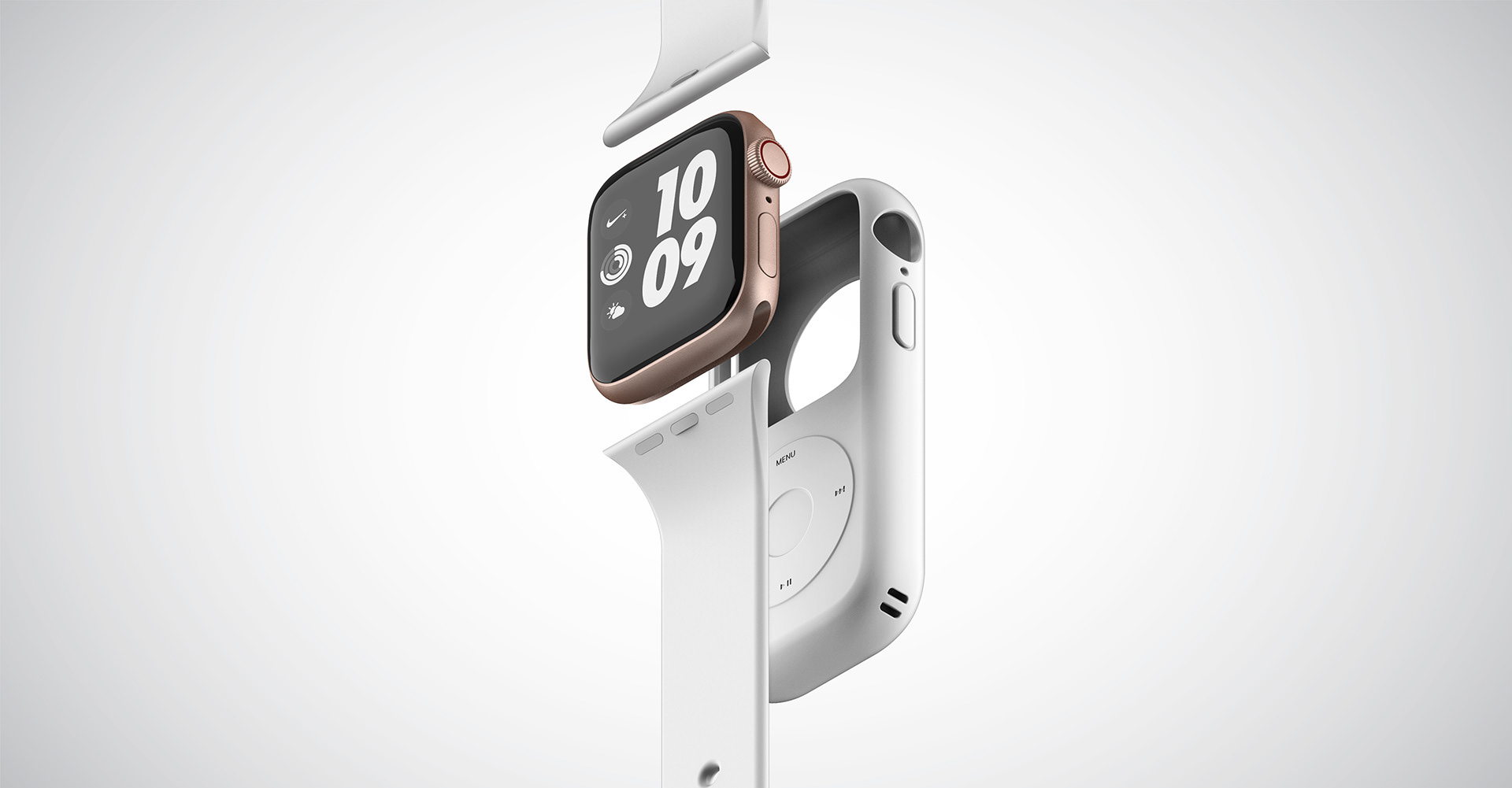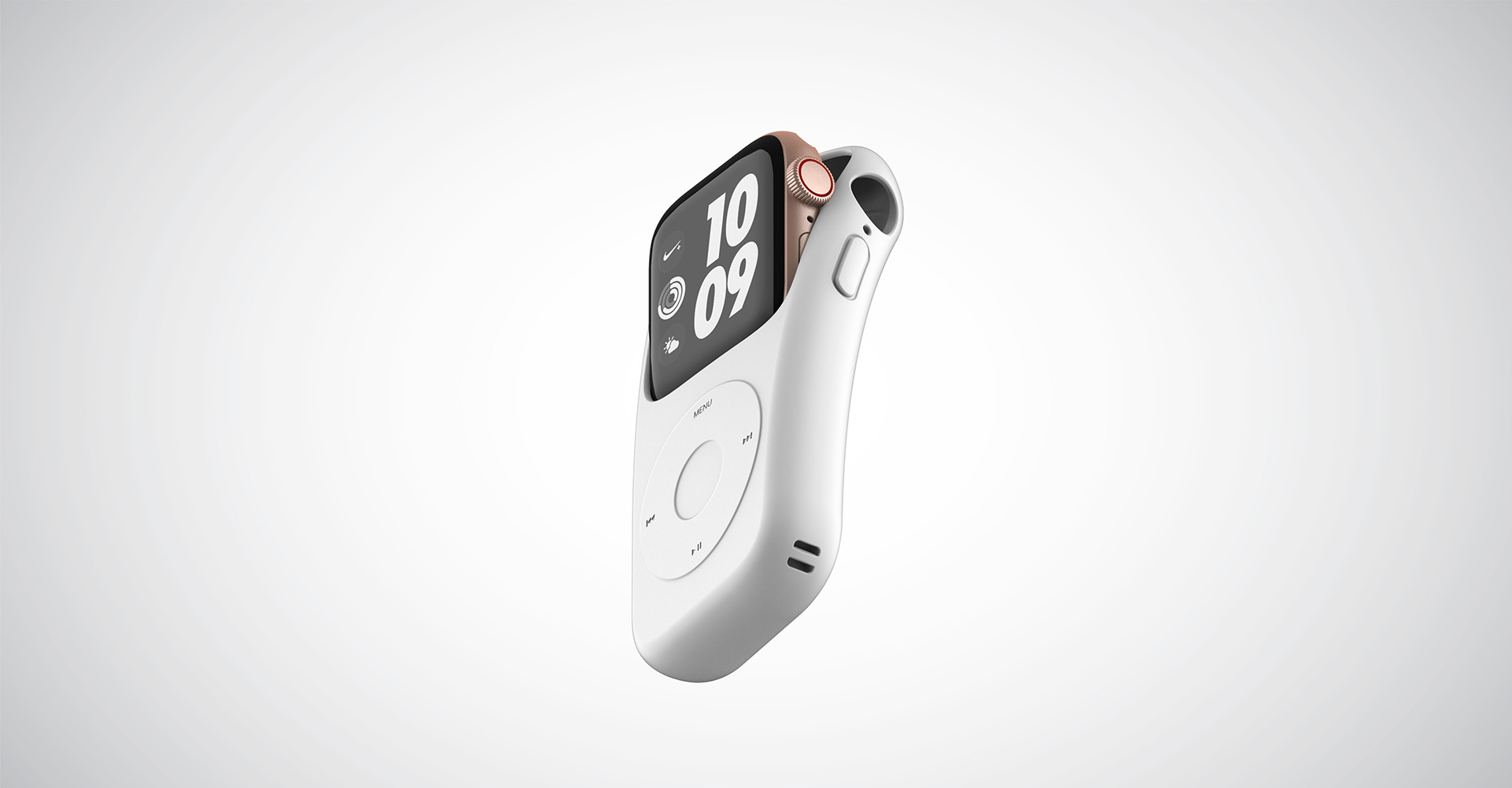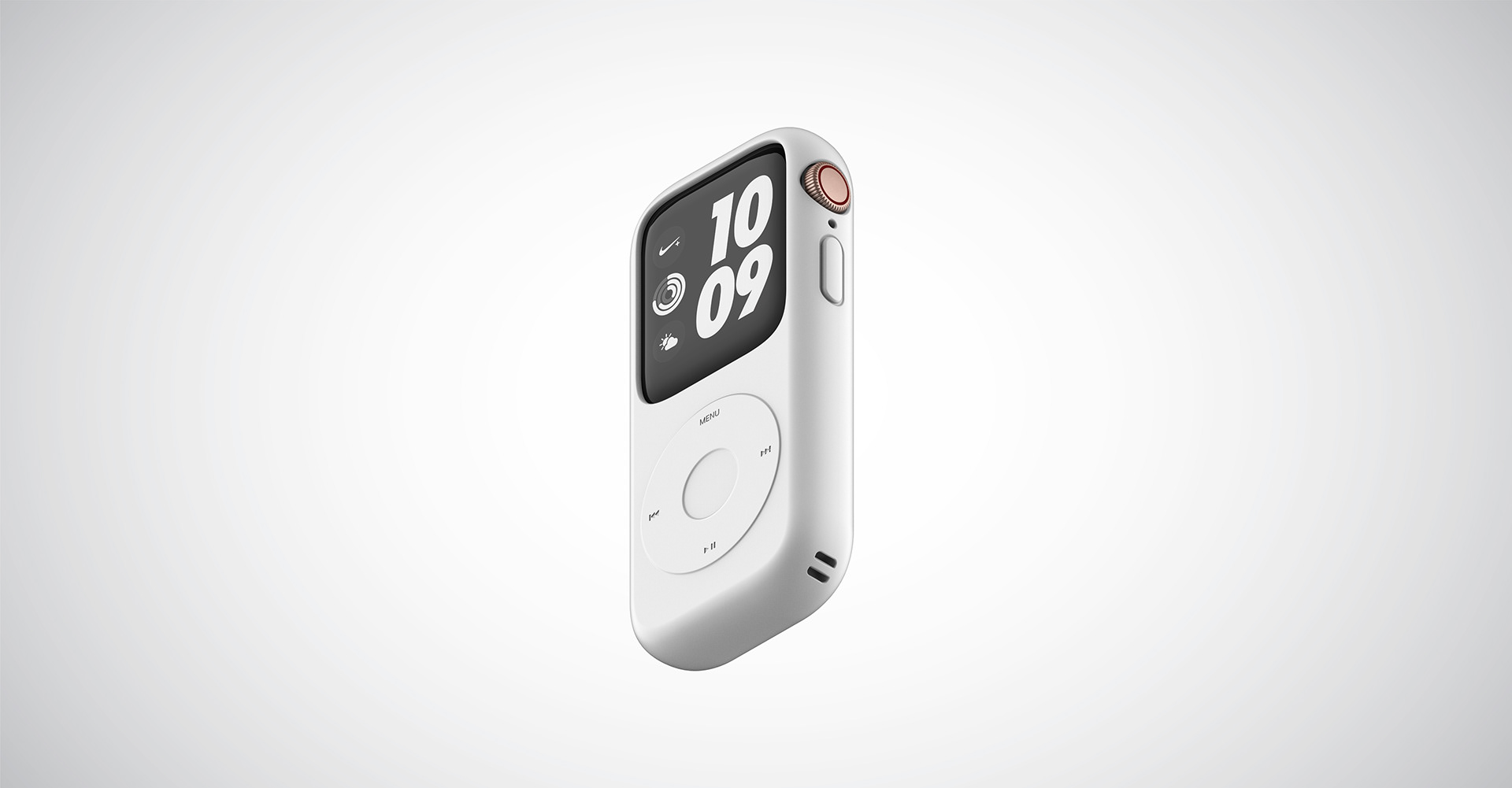Twatter-In-Chief
Kara Swisher, writing for the Times, on Trump’s Twitter dependency:
It also makes one wonder exactly what Mr. Trump would do without Twitter, which has become his best and only true way to communicate. He can certainly go on television and he does; he can make a live speech and he does; he can stand out on the White House lawn and he does. But it’s not the same. The lightning-fast, easy-hit addiction of Twitter has Mr. Trump hooked like none other.
And there are zero alternatives online. Facebook is too bloated and slow; Snapchat is too small and hard to use for the olds; Reddit is a hot mess. There is no other digital harbor for Mr. Trump’s carnival barker show, no place where both the left and right can react and where all the media gathers.
So what would happen to the president who governs by tweet if he finally did or said something that forced Twitter to throw him off the platform? Could he do his job at all?
That last question is a scary one but also completely valid.




